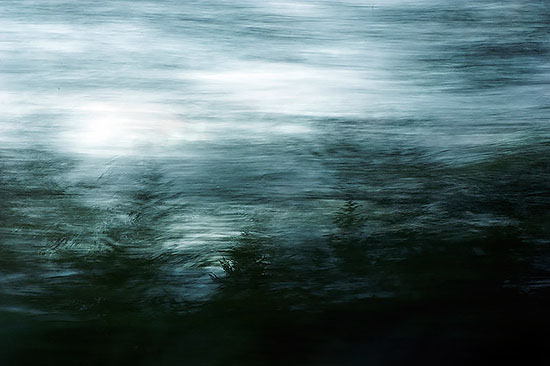The Pacific Northwest probably holds the best forests in the world. At least, when taking the lushness and the grandeur into account as the most important criteria, it will be difficult to find serious competitors.
I visited the forests of Olympic National Park during the summer of 2014, and I never got so overwhelmed by the forest in my entire life. Particularly Hoh Rain Forest is just mind-blowing. This old growth forest seems to have it all: it combines the lushness and vegetation wealth of the high altitude mossy forests of the tropics, and the astonishing tree height of the impressive Californian Forests with Sequoia trees. The forests along the coast in the Pacific Northwest of the USA and Canada are temperate rainforests, which are characterised by their wealthy vegetation and the occurrence of very high conifer trees.
Under here some images from an alluvial rainforest along the Hoh River.
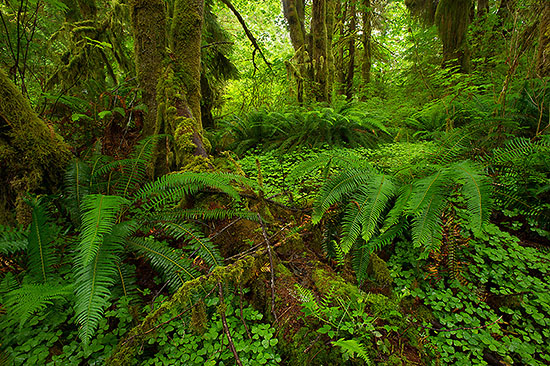
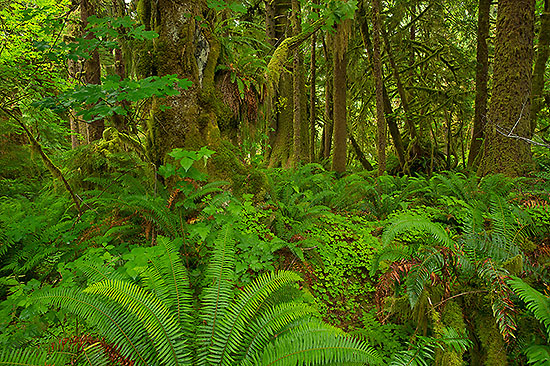
Four vegetation layers
Some of the dominant trees can grow up to 90 metres high, the trees are covered with lush epiphytes, consisting of mosses, lichens, ferns and even small saplings, and the forest has four distinct layers. The forest floor is covered with thick moss-layers of sometimes up to 50 cm thick, and small old growth plants. Above this layer in the alluvial forest there is a patchily distributed thick layer of impressive ferns, which often grow up to a height of 1.5 metres. Above this there is an understorey of smaller trees, waiting for an older tree to die and take over. The upper layer of the alluvial rainforest consists a canopy of giant Maple trees, Sitka Spruce and Northern Hemlocks.
I wanted to take a picture who would give a good view of the different layers of the rainforest and who would also ‘breathe’ the lushness of the environment. Therefore I laid flat on my back under the ferns and took an image with a wide-angle lens. Here's the result:

Finally, another image made in the same area, showing a forest giant with a stem diameter from at least three metres.
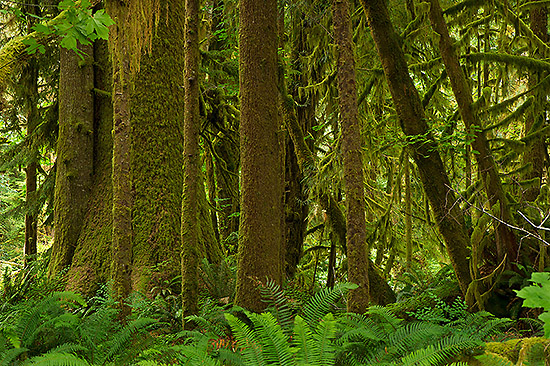
Under here some images from a marshy and hilly area near the Hoh Rainforest Centre.
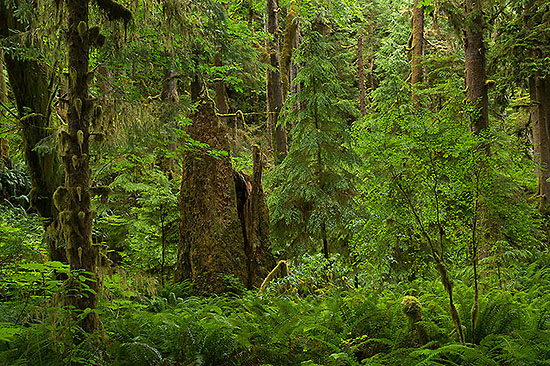

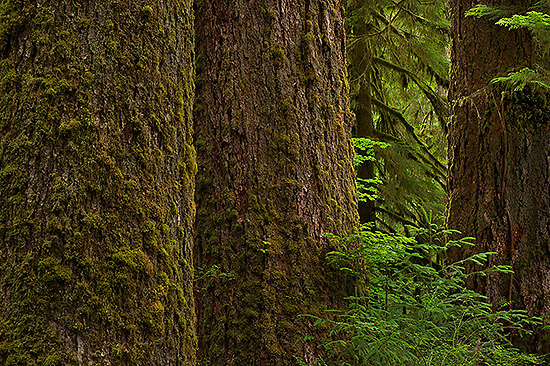
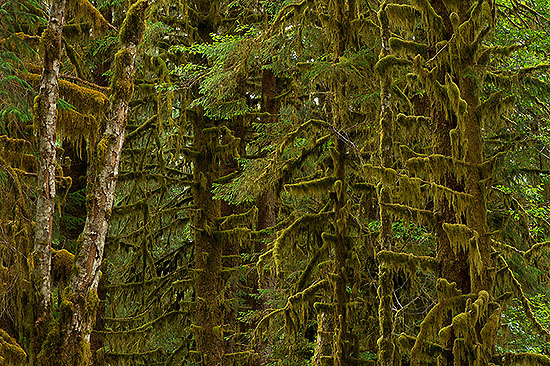
Impressive biodiversity
Despite the fact that forests of the North are less biodiverse than those in the tropics, these old growth systems harbour an amazing amount of plants and animals. Some of them are generalists, such as the Black Bear, Elk and many bird species, but others are highly specialised organisms, such as the Spotted Owl or some snail-eating ground beetles from the genus Cychrus and Scaphinotus.
Although very seldom observed, the forests of the Olympic Peninsula also hold a large population of Pumas, which spend most of their life high in the canopy.
Under here some more generalist bird species, such as the Song Sparrow and Cedar Waxwing.
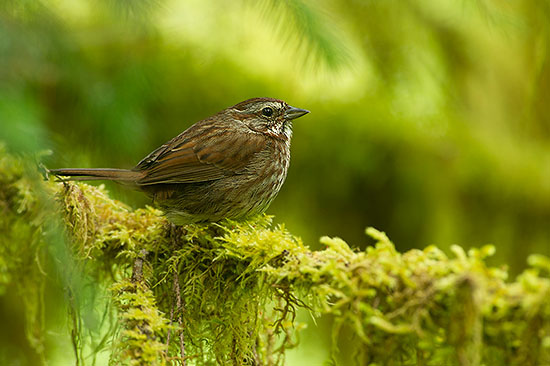
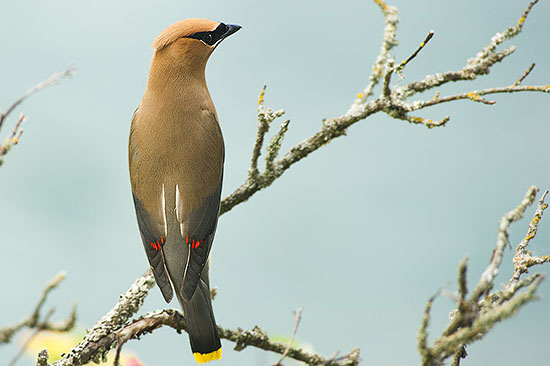
The next two bird species, are more related to old growth forests. The Pacific Wren is, unlike his Palearctic congener, the Winter Wren, an old growth species occurring in damp shaded areas with fallen logs and dense undergrowth. The Hairy Woodpecker depends on big old trees for finding its food.

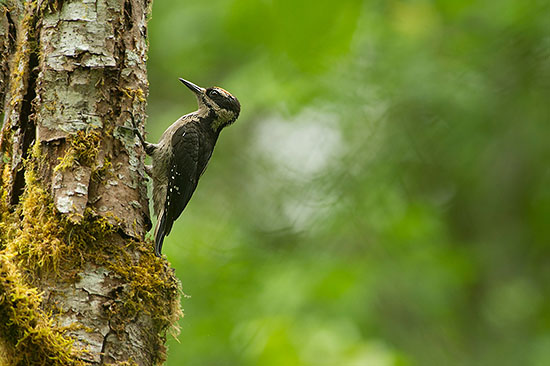
The Marbled Murrelet is a pelagic species, which spends most of its life on the oceans. It only visits the old growth forests for breeding. It builds his nest on thick moss-covered horizontal branches of forest giants in the middle of the forest!
Under here an image from the Marbled Murrelet.

Under here some images from the higher altitude forests along the Hurricane Ridge.
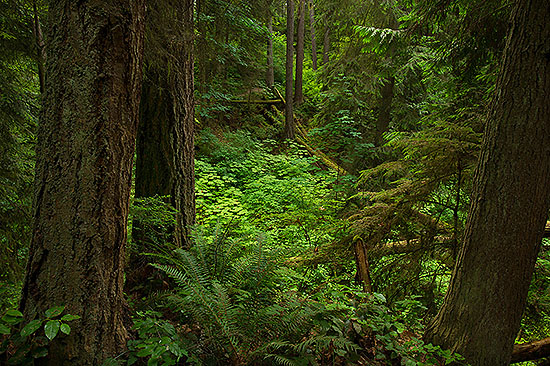
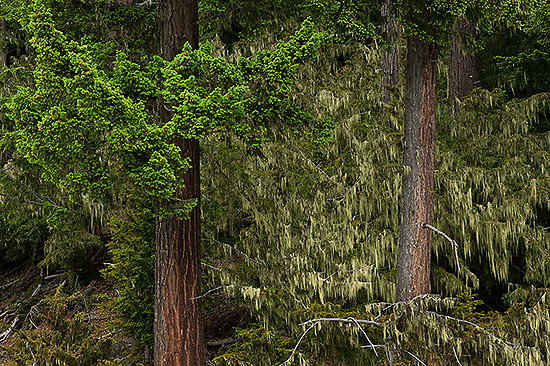
Under here a Mule Deer and a Douglas Squirrel, which are both frequently encountered in the forests along the ridge.

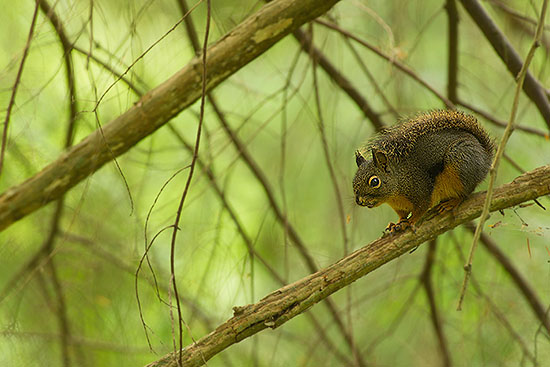
The Western Red-backed Salamander (image under here) is often encountered under logs of the cool shady forest floor along streams.
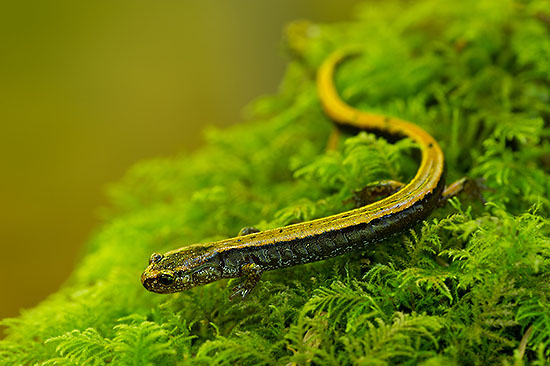
Old growth forests have a huge amount of dead wood, often up to one third of the total amount of wood biomass! So it is not surprising that a lot of dead wood beetles can be found within the park. Under here two images from Longhorn Beetle species: Monochamus scuttelatus and Rhagium inquisitor, a widespread species which can also be found in Europe. The third image shows a Metallic Wood-boring Beetle species, Phaenops fulvoguttata.
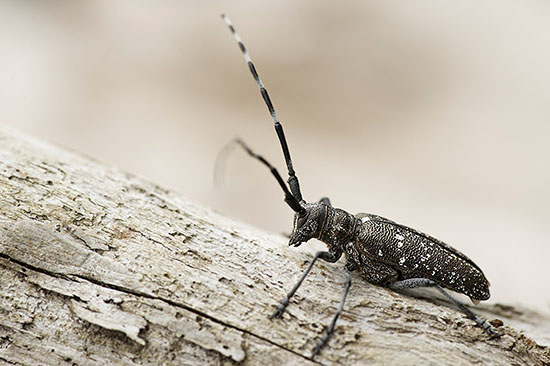
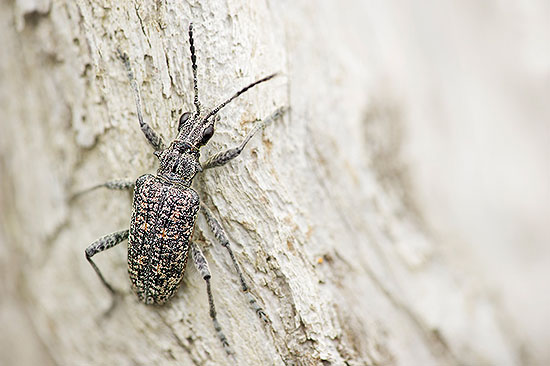
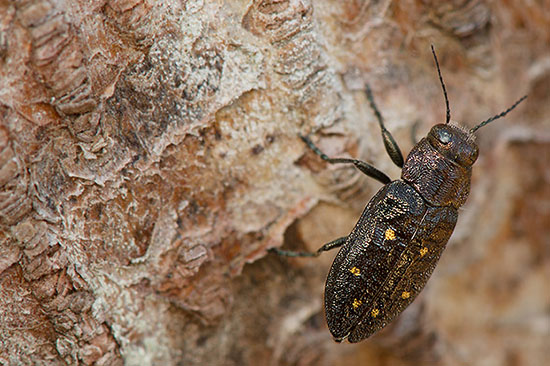
Under here an image from Scaphinotus angusticollis. The genus Scaphinotus is very closely related to the genus Cychrus. These genera contain several old growth and stenotopic forest species. They are a nice example of highly specialised ground beetles, which have developed through their evolution the perfect shape for chasing their prey: all the Cychrus and Scaphinotus species have a very small and elongated head and jaws, which are perfectly designed to capture terrestrial snails in their shells.

The last picture was made just after the sun had gone under, while we were driving home towards our hotel in Port Angeles. I loved the mysterious atmosphere from the dark conifer forests and the cold evening colours!
